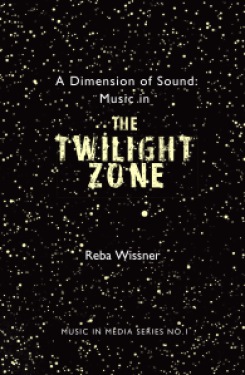
The country singer, songwriter, actor, and businesswoman Dolly Parton was the fourth of twelve children in a family of sharecroppers in Sevierville, Tennessee, located in the Appalachian Mountains. Commenting on her childhood, Parton once said, “Everybody where we grew up had a hard time. We were mountain people. Most people were poor, but we didn’t realize that we were poor until some smart head said so. Everybody around us lived the same way, but you don’t think about that until you’re away. We had good parents, but we didn’t have all the big luxuries that I’m able to afford now. But I wouldn’t trade it for nothing.”
Surrounded by hymns, traditional mountain music, and popular music genres from the 1940s and 1950s, Parton began playing the guitar at a young age. By 10 years old, she was already performing regularly on radio and television shows in Knoxville, Tennessee, hosted by Orton Caswell (Cas Walker). In 1960, Parton traveled to Louisiana to record two rockabilly songs for the Goldband Records label. While still in high school, she performed at local venues, and after graduation, she moved to Nashville, where her uncle, the well-established songwriter Bill Owens, assisted her in finding work and refining her songwriting abilities.

Parton achieved her first commercial success as a songwriter in Nashville in 1966 when she recorded her debut country record. Country singer Porter Wagoner invited her to become a regular partner on his television show and also produced her solo recordings, helping her establish a moderately successful career. Parton’s major breakthrough came when she recorded a cover of Muleskinner blues, followed by her original song Joshua, which reached number one on the Billboard country charts. In the early 1970s, Parton rose to become one of country music’s biggest female stars, crafting a public image that celebrated her Appalachian roots, such as in the songs The Appalachian trail and Coat of many colors, while also embracing a distinctly female perspective, showcased in songs such as Jolene.
In 1974, Dolly Parton made the bold decision to separate professionally from Porter Wagoner, taking full control of her solo career. This decision proved successful, as she soon achieved a string of number one hits, including her most famous composition, I will always love you (later covered by the pop singer Whitney Houston). By 1977, Parton began embracing a crossover pop sound with songs like Here you come again. A new manager played a key role in facilitating her transition to the larger pop market. Parton also ventured into Hollywood, playing a leading role in the 1980 film 9 to 5, followed by other films like Steel magnolias (1989). Her commercial success continued into the early 1990s, including the acclaimed Trio album with Emmylou Harris and Linda Ronstadt, and Honky tonk angels with Loretta Lynn and Tammy Wynette. In the mid-1990s, Parton shifted her musical style again, returning to more acoustic, bluegrass-inspired sounds reminiscent of her early work. Since the early 2000s, she has continued to release new albums, some of which were produced through her own record label.

Parton has been inducted into both the Country Music Hall of Fame and the Songwriters Hall of Fame. She has also received a National Medal of Arts in 2005 and a Grammy Lifetime Achievement Award in 2011 and is the recipient of over two dozen major country music industry awards.
Read the full free article on Dolly Parton in MGG Online.
Related Bibliolore posts:
https://bibliolore.org/2016/01/19/dolly-parton-semiotically-speaking/
















